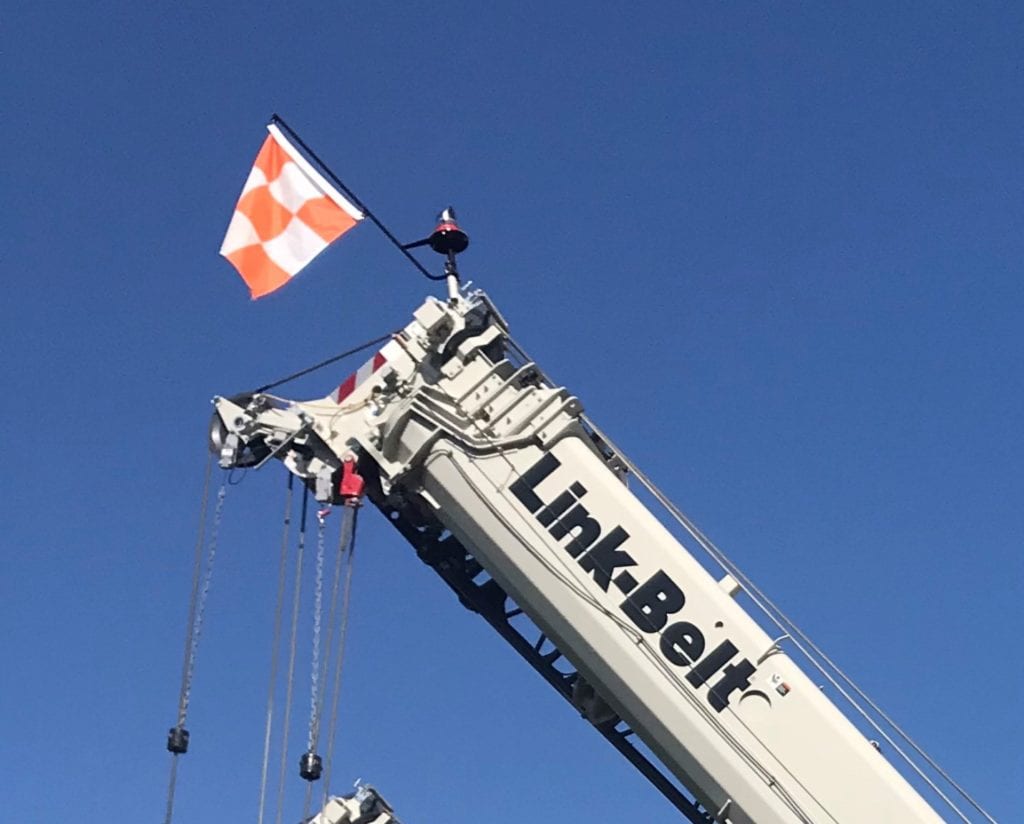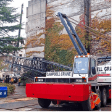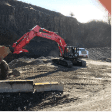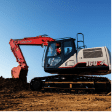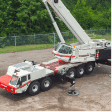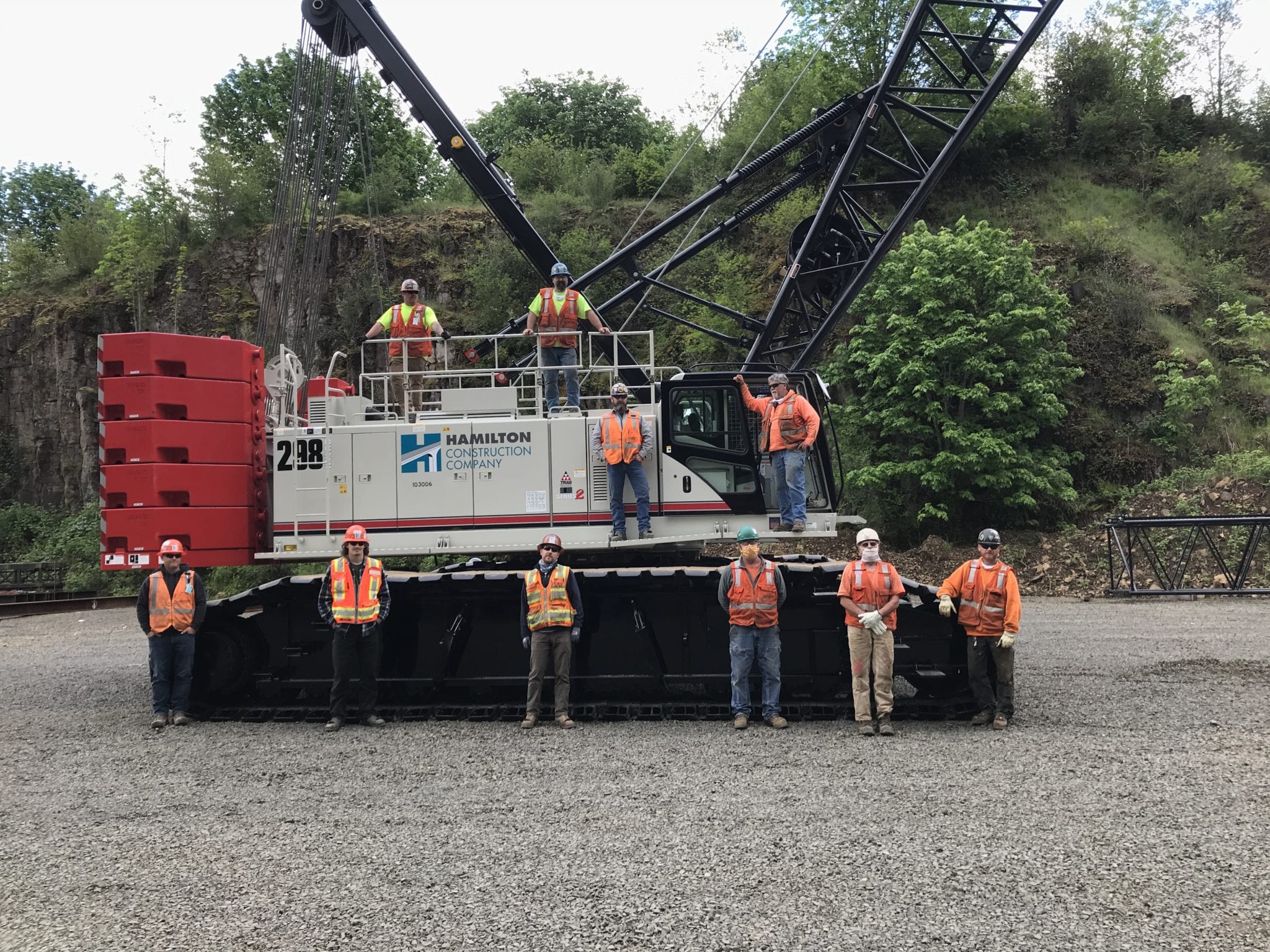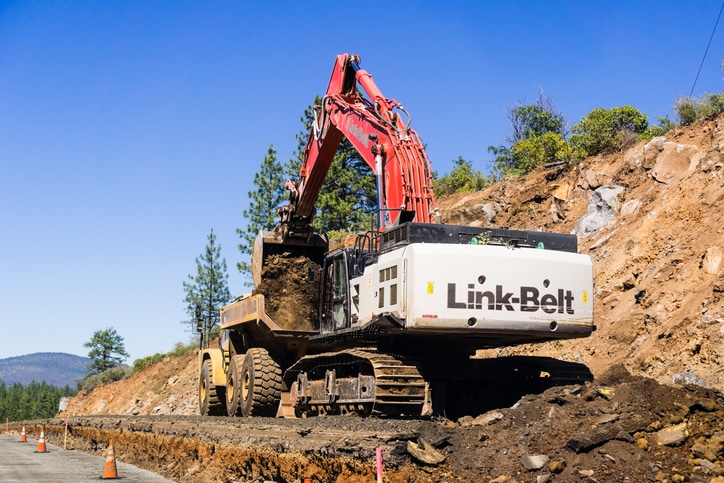Before any construction project that involves work with cranes can begin, engineers develop a safe-lifting plan. This includes marking a working radius around the crane and removing vehicles and other objects away from the fall area if possible. Making notes of overhead wires and structures, and generally making a plan before every day of lifting.
But what if overhead obstructions include Boeing 737s, jets, or single prop piper cubs? Depending on the number of runways, keeping track of everything on the ground and in the sky can be pressure-packed. Single runway airports are manageable, but what about international hubs for Delta, Lufthansa, or Emirates?
Airports are expanded every year to add more terminals, but they can’t be expected to halt all flights until the job is finished. Just like the crane operators need to scout out their earthbound surroundings, so too the Federal Aviation Administration (FAA) needs to be aware of any conflicts in the air.
Notices, Planning, and Procedures
As plans are designed for new terminals or a new hotel can be built near the airport, all FAA construction within a certain distance of runways must get FAA permits. The first step is filling out FAA form 7460-1, a notice of proposed construction or alteration. Title 14 of the Code of Federal Regulations (CFR) deals with the Department of Transportation and the FAA.
This form must be filled out and returned to the FAA 45 days prior to when the proposed construction will begin or when the construction permit is filed (whichever is earliest). This notice will cover the height above ground level (AGL) the construction or alteration of a building will be, where it’s located, and other pertinent information.
Distances depend on the height of the structure in relation to the distance of the nearest runway. For example, a structure built 20,000 feet away from the nearest runway of at least 3,200 feet must produce a slope of 100 to 1. Imagine a triangle with one point at the runway, one point at the bottom of the structure, and one point at the top of the proposed structure.
If the slope is 100 to 1 or less, construction can begin. The slope decreases the closer the structure: 50 to 1 if the distance is 10,000 feet and 25 to 1 if the distance is 5,000 feet. Proximity to major roadways or military bases/hangars is also a consideration.
Unneeded Notices
In some cases, filing a notice to the FAA is unnecessary, including:
- If the structure is built within a cluster of buildings, such as a city, and is equal to or shorter than the tallest building.
- Any air navigation facility, runway sighting device, or meteorological device already meeting FAA airport and federal regulations or military base siting codes.
- Already meets other required FAA regulations
- Any antenna structure less than 20 feet in height unless it adds height to an existing antenna
For more information on these regulations, please contact the FAA or visit the Obstruction Evaluation / Airport Airspace Analysis website. The Title 14 CFR Part 77 web page also has a wealth of resources.
Once the form has been submitted, the agency needs to conduct an aeronautical study to see if the FAA crane permit is allowable. If operating a crane is not considered a hazard to air travel, the permits are granted. The OEAAA website has a pretty extensive frequently asked questions page for more information.
Construction At The Airport
Just like any other construction job, safety zones need to be established. Because there is so much activity at an airport – both on the ground and in the air – these zones need to be specifically marked. Airport or FAA flags are the most common alerts that heavy machinery is at work.
Orange and white checkered flags are a pretty common site during airport construction. Placed atop heavy machinery or big rigs, these flags stand seven feet high with a three-foot by three-foot flag. Smaller orange flags are seen at the top of barricades while multicolored pennant flags are strung along work zones to mark construction areas.
For construction near runways at night, lighting is mandatory from dusk until dawn. The lights must be bright enough for planes to see but must be directed so they are not safety hazards. A blinded pilot, even if only for a second or two, could be disastrous. Construction vehicles, barricades, and other safety equipment must also be lit with bright blinking red lights if available.
Work With Crane Experts
Triad Machinery is an authorized dealer of new and used Link-Belt cranes and also carries a variety of other brands for rent to help with your construction project. Whether it’s near the airport or on a wind farm, we have the heavy equipment to make sure you get the job done right.
With locations near PDX and Sea-Tac, you’re never too far away from Triad Machinery. On all of our cranes, Triad Machinery offers an AVIATION OBSTRUCTION MARKING LIGHT AND FLAG KIT that includes one solar-charged flashing red light and one aviation flag with mounting points at the end of the boom and attachments. As always, consult local, state, or federal guidelines when working near an airport.
We also provide parts, accessories, maintenance, and repairs on a variety of heavy machinery. In the market for a crane, excavator, or forestry equipment? Check out Triad Machinery first.

